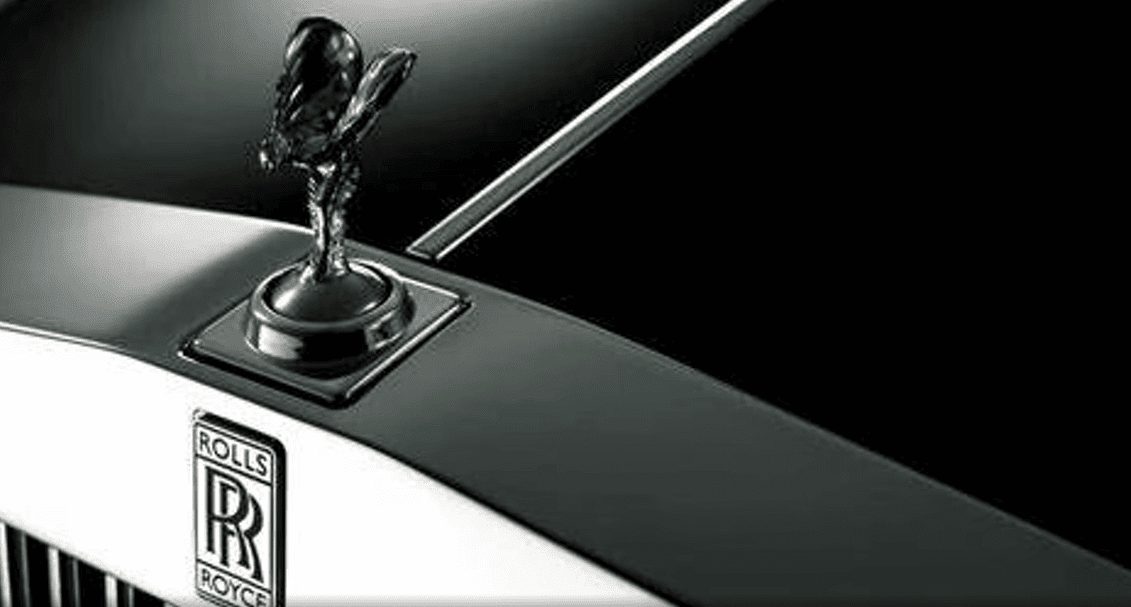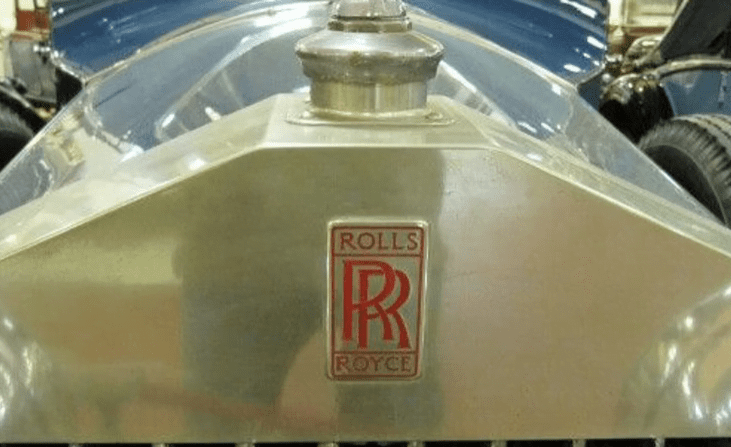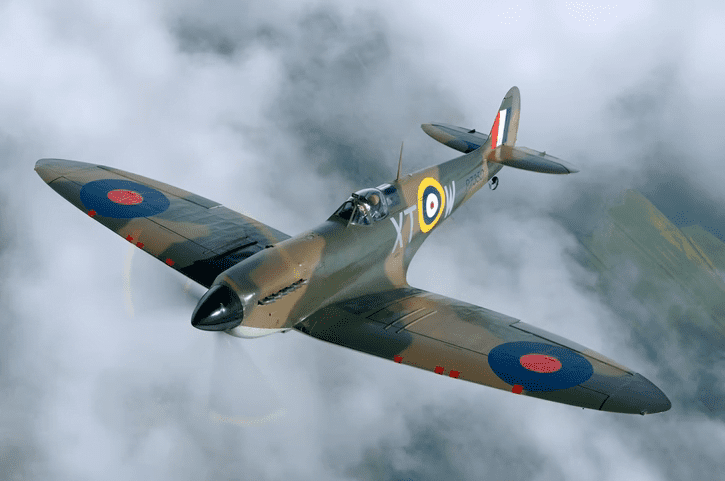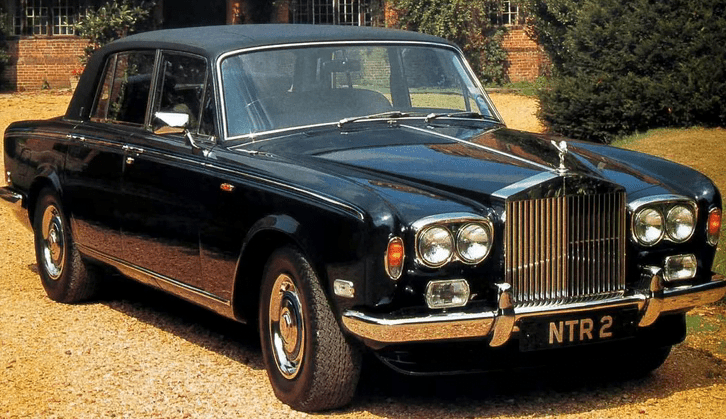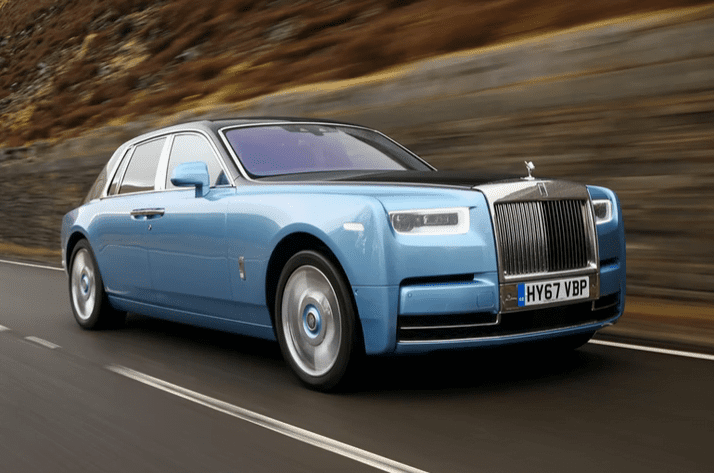Rolls Royce is known for being the pinnacle of luxurious design.
The epitome of design that other car brands have envied for decades. A company whose very existence was founded on making cars the best that they can possibly be. A company that continued to be obsessed with what they started with, luxury.
Rolls Royce began in 1884 as an electrical and mechanical company founded by Henry Royce. In 1904, Henry Royce teamed up with Charles Rolls in London who was already a quality car manufacturer. Rolls was the son of a baron as well and would become the business manager. While Royce would be the engineer and designer of the cars. These two were both experienced in their respective fields, which would get them success with the company.
1906 Rolls Royce Silver Ghost (credit: CarGurus)
The Rolls Royce company was finalized in 1906 and began making the six-cylinder Rolls Royce Silver Ghost. During that same year it was claimed to be the best car in the world. Rolls Royce continued to make cars until 1914, when the First World War broke out. Rolls Royce responded to the needs to Britain during the war and assisted by making aircraft engines.
When the war was over, and the 1920s came along, most car companies began to bring the coachbuilding of their cars in-house. The luxury car makers of that era would not do this and continued to outsource their coachbuilding to specialist. Rolls Royce did this as well, in order to not compromise the luxury of their cars. After all, it is what the company was founded on.
Unlike most car companies of the time, Rolls Royce would make a car using a customized chassis made by a coachbuilding of the buyer’s choice. Unlike Ford which standardized all their production and cars during this time, Rolls Royce made sure that choice and luxury was everything. Coachbuilding in the 1920s remained a difficult craft; a wooden frame was created, and steel or aluminum body panels were added to the car and shaped upon the request of the buyer.
The 1930s brought many good things to Rolls Royce. In 1931, it acquired its competitor Bentley, which was unable to weather the effects of the Great Depression. In the same year, the Rolls Royce “R” engine was fitted to a seaplane for Britian’s entry into the International Schneider Trophy competition. And during this seaplane competition the seaplane powered by the “R” engine obtained a world record by setting a speed of 400 mph.
Pre-1933 Rolls-Royce radiator monogram (credit: Pinterest)
In 1933, the Rolls-Royce radiator monogram was changed from red to black because it was seen as interfering with the coachwork selected by some clients. As the 1930s came to a close, the Second World War was on the rise, and by 1940 Rolls Royce was a massive supplier of engines to the RAF. Particularly the Rolls Royce Merlin engine which powered the Supermarine Spitfire and Hawker Hurricane, which heavily influenced the Battle of Britain.
Supermarine Spitfire (credit: Alpha Coders)
Because of the reputation the Rolls Royce had gathered during the war for making quality engines. This made Rolls Royce a major name in the world of aircraft engine production. A business that they are still in today. After the war in 1946, Rolls Royce moved production to Crewe, in Cheshire, England. And in 1959, Rolls Royce added production to Mulliner Park Ward, in London, England. Rolls Royce also stopped the process of coachbuilding as it became impossible to continue in the modern era with their intended market.
1965 Rolls Royce Silver Shadow (credit: bestcarmag.com)
The Silver Cloud was replaced by the Silver Shadow in 1965 to represent this change. Regardless of the change in tradition, Rolls Royce continued to prioritize luxury over all other things. Rolls Royce was nationalized by the British government following issues caused by the RB211 turbofan engine. Rolls Royce was split into its aviation sector, and its car company Rolls Royce Motors. The car section of the company was sent to private ownership in 1973, while the aviation side remained in public ownership until 1987.
In 1990, Rolls Royce began a joint venture with BMW regarding aircraft engines. Rolls Royce Motors was sold to Volkswagen, although BMW held the rights to the Rolls Royce name and badge. Volkswagen sold BMW the Rolls Royce Motor company and kept the Bentley company. Rolls Royce was now completely with BMW, and Bentley was completely with Volkswagen.
2017 Rolls Royce Phantom (credit: Autocar)
After the turn of the century, Rolls Royce has captured the market with the Phantom. Rolls Royce continues to press on with luxury with its current lineup, all you need to do it head to their website to find that out. Over the years, most car companies seemed to have lost the focus of what they started as, but not Rolls Royce. It is good to see a company that has remained loyal to the same principles that it was founded on. And Rolls Royce is the perfect example of that company. It started with an unwavering allegiance to luxury, and it still has that same allegiance.
Thank you for reading the article, and I sincerely hoped that you enjoyed the article. If you enjoyed the article and love Rolls Royce, please let me know in the comments. I also have an Instagram page for my car as well, if any of you are interested.

